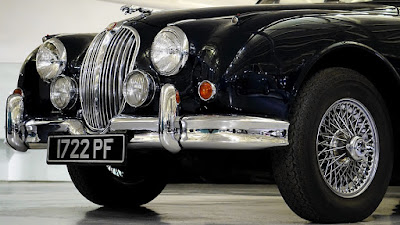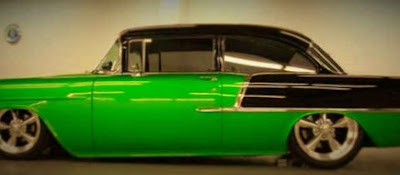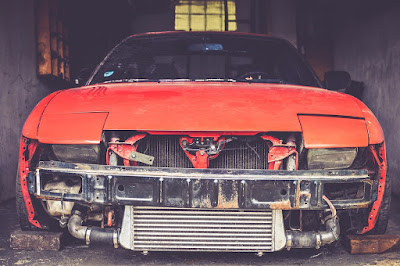5 Antique Car Regular Maintenance Tips
Owning an antique car gives you a sense of pride and satisfaction in yourself. Either you have invested in one for the financial gain, or you may own one just because you love it, in both ways antique cars can bring a smile to your face. But, to keep in in their best shape and condition requires a lot of work and knowledge. Since these antiques are not driven on a regular basis, they require a special maintenance regime.
Our post focuses on five basic antique car maintenance jobs that need to be regularly followed, in order to keep the car healthy and evergreen.
Check oil levels
Antique cars have old parts and are not as fuel efficient as modern day cars. So, you need to check oil levels every time you take your classic for a spin. Engine oil should be replaced every six months if you drive the car once a week or couple of times a month. If you drive it regularly, we recommend that you change the oil every three – four months. Changing oil is way cheaper than replacing the whole motor. Plus, using new oil extends the life of your machine.
Check the brake fluid
We recommend that you change the breaking fluid once every year for an antique car. Break oil can become quite ineffective with time due to the formation of moisture. Fresh brake fluid improves the braking of the vehicle and keeps the breaking parts in good condition. You can consult antique car restoration in Doylestown to know more about bleeding the breaks.
Change the coolant
An antique car needs coolant change at least once a year, though we recommend that you change the coolant twice a year. Coolant mixture requires water and antifreeze in equal parts, 50/50. Coolant helps in assuring smooth operation of the machine and prevents corrosion of the parts.
You would need to drain out as much as you can from the radiator, which would be approx. 50% of the total coolant mixture. Then fill the coolant system with fresh water and run the engine, wait for it to get cold and drain the coolant mixture again. Repeat until most of the coolant is drained out. Then add the same quantity of coolant mixture that you have removed out of the system.
If you don’t understand how to do it, ask your antique car restoration expert to show you.
Lube up the parts
All the mechanical parts of any machine need lubrication to reduce wear and improve the smooth working of the machine. Similarly, mechanical parts of an antique car also require lubrication regularly. It all also extend the life of the moving parts. Lubrication in the engine is provided by the engine oil, but other parts like brake cables, rod joints, ball joints, springs, transmission parts, etc. also need lubrication, which you would have to provide manually, every two – three months.
Washing and waxing
An antique car looks the best when it is properly washed and polished. Get your car washed properly every month, especially the undercarriage as it is most prone to corrosion. Waxing should be done every other month to keep the surface finish and paint protected.
All these steps are necessary if you wish to keep your classic car in working condition for a long time. However, all these points are not beginner level maintenance tips, and some require expertise in the matter. So, unless you have proper knowledge about what you are doing, we suggest you find an excellent antique car restoration and repair company and let them handle your prized possession.
A&G Customs have some of the top car experts and provide the best Antique Car Restoration services.




It is a well-written post and the tips are worth to read. When it comes to antique car maintenace it needs lot of work and knowledge. These tips in order to maintain the vintage car is very informative. These tips are very professional and the tips are really helping the beginners to learn how to mainatain a vintage car. There are many car restoration Sydney centre who provide the best services for the car repair. Thanks for sharing!
ReplyDelete